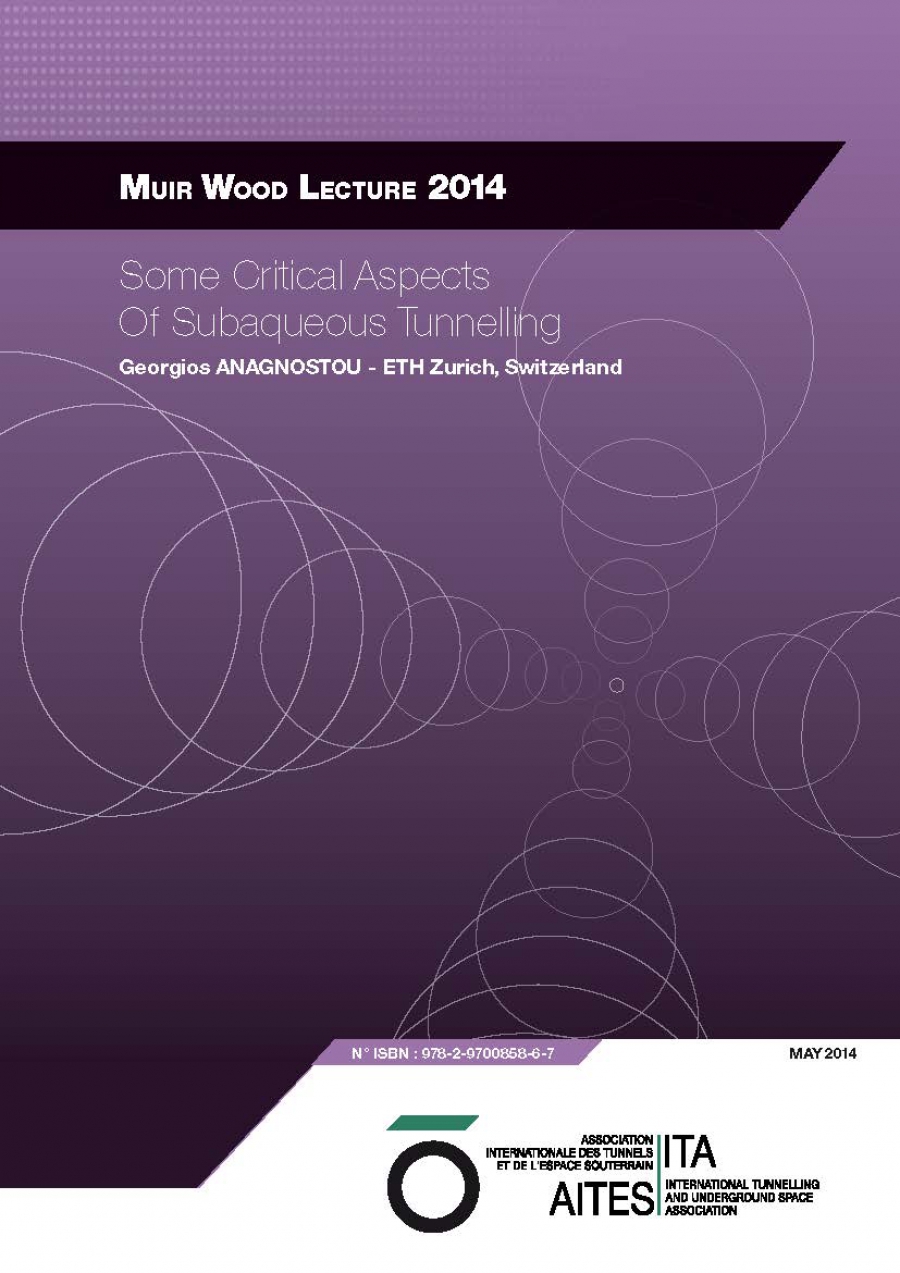Some Critical Aspects Of Subaqueous Tunnelling
Georgios Anagnostou - ETH Zurich, Switzerland
High potential for damage, relatively high pore pressures and limited pre-construction accessibility are all features of subaqueous tunnels. Potential hazards include high water inflows or even a complete flooding of the tunnel in the case of a connection opening up to the seabed. In subaqueous tunnels, very high pore pressures may occur at small depths of cover, i.e. often in combination with a low shear strength ground, resulting in particularly adverse effects in terms of stability and deformations of the opening. This lecture illustrates some of the geomechanical issues relating to subaqueous tunnels (face stability in fault zones, the limits of open mode TBM operation in weak sedimentary rocks and the effect of advance drainage in squeezing ground) with reference to five case studies – the Storebælt tunnel, the “Melen 7” Bosphorus tunnel, the Lake Mead Intake No 3 tunnel, the Zurich Cross Rail and the future Gibraltar Strait tunnel project.
